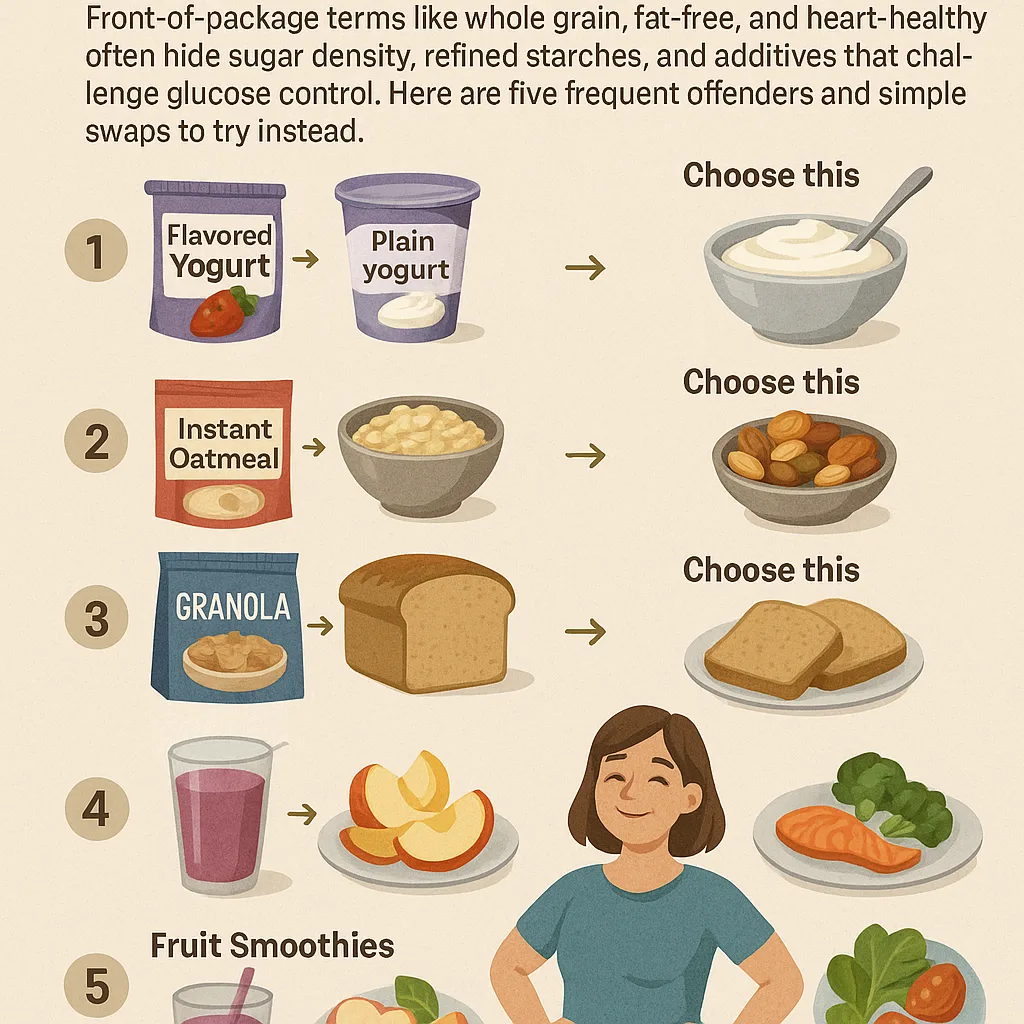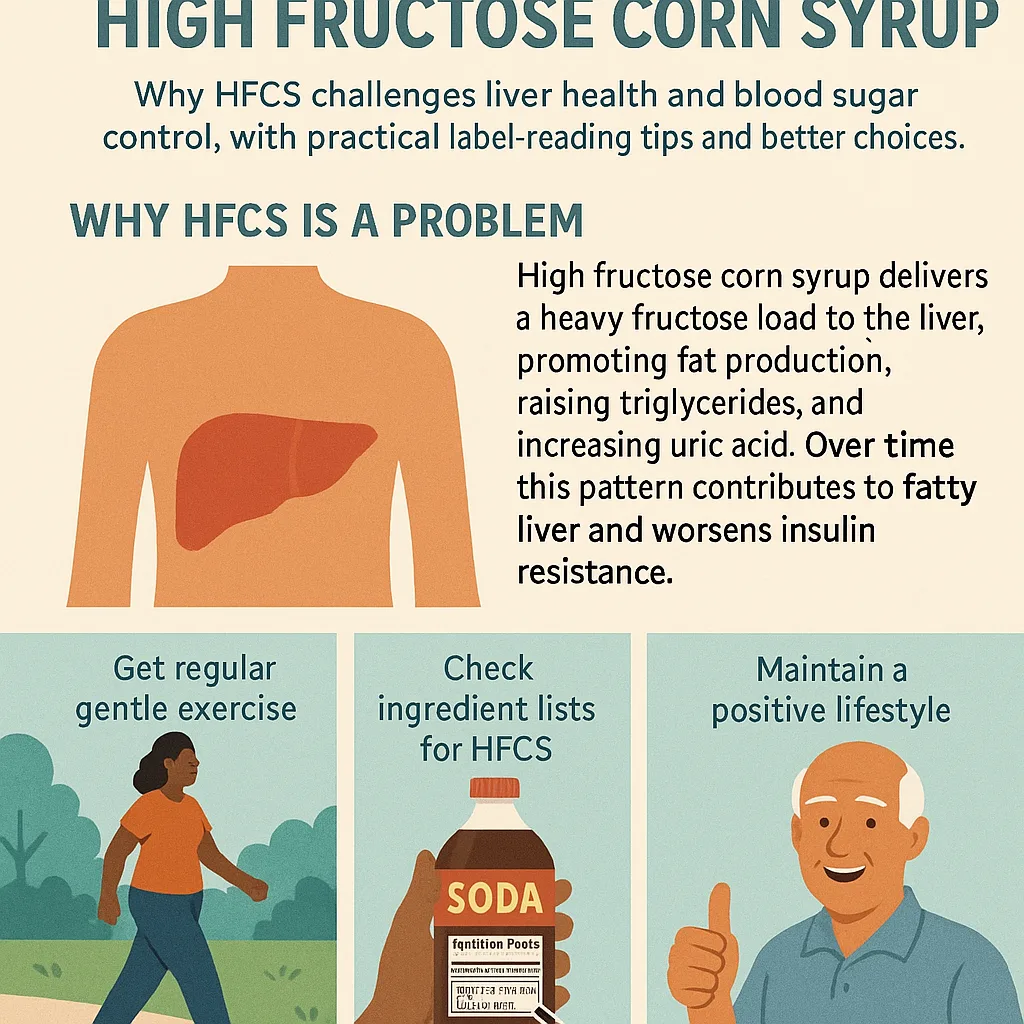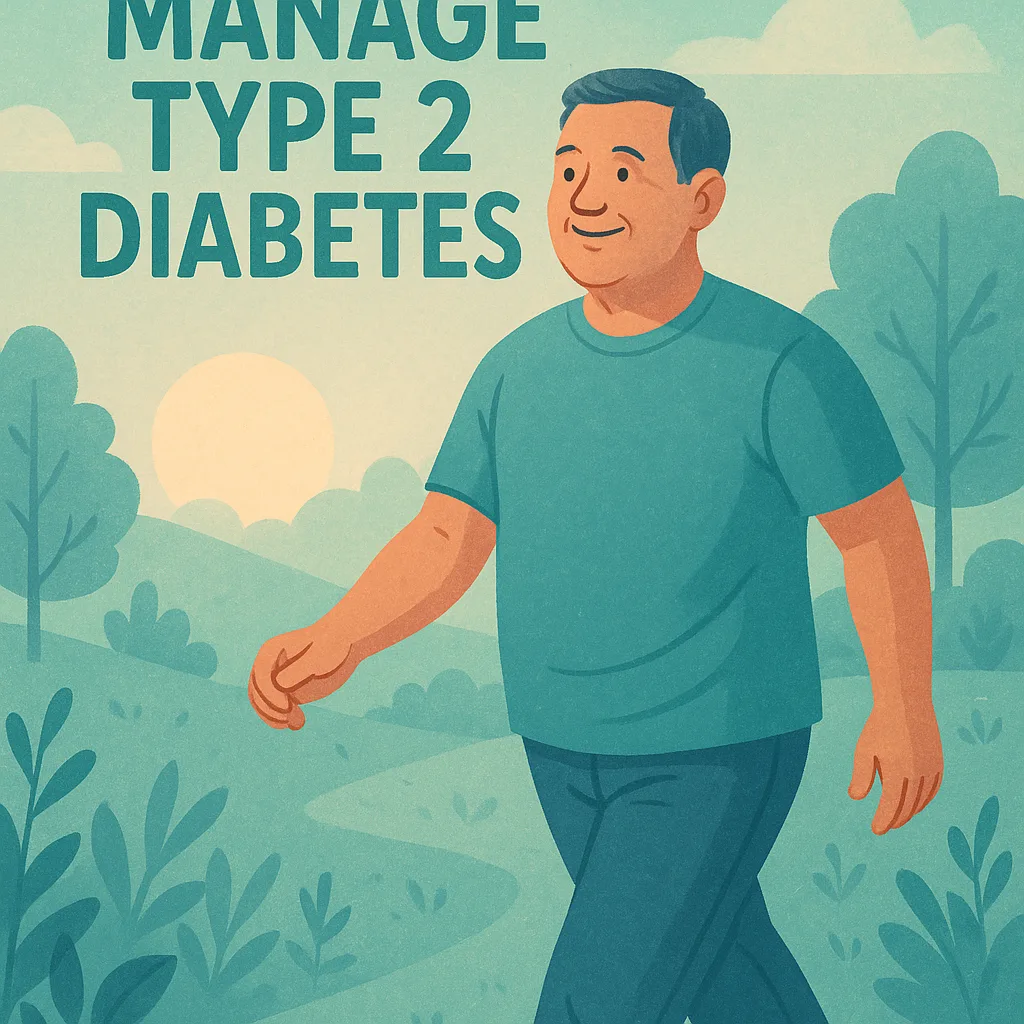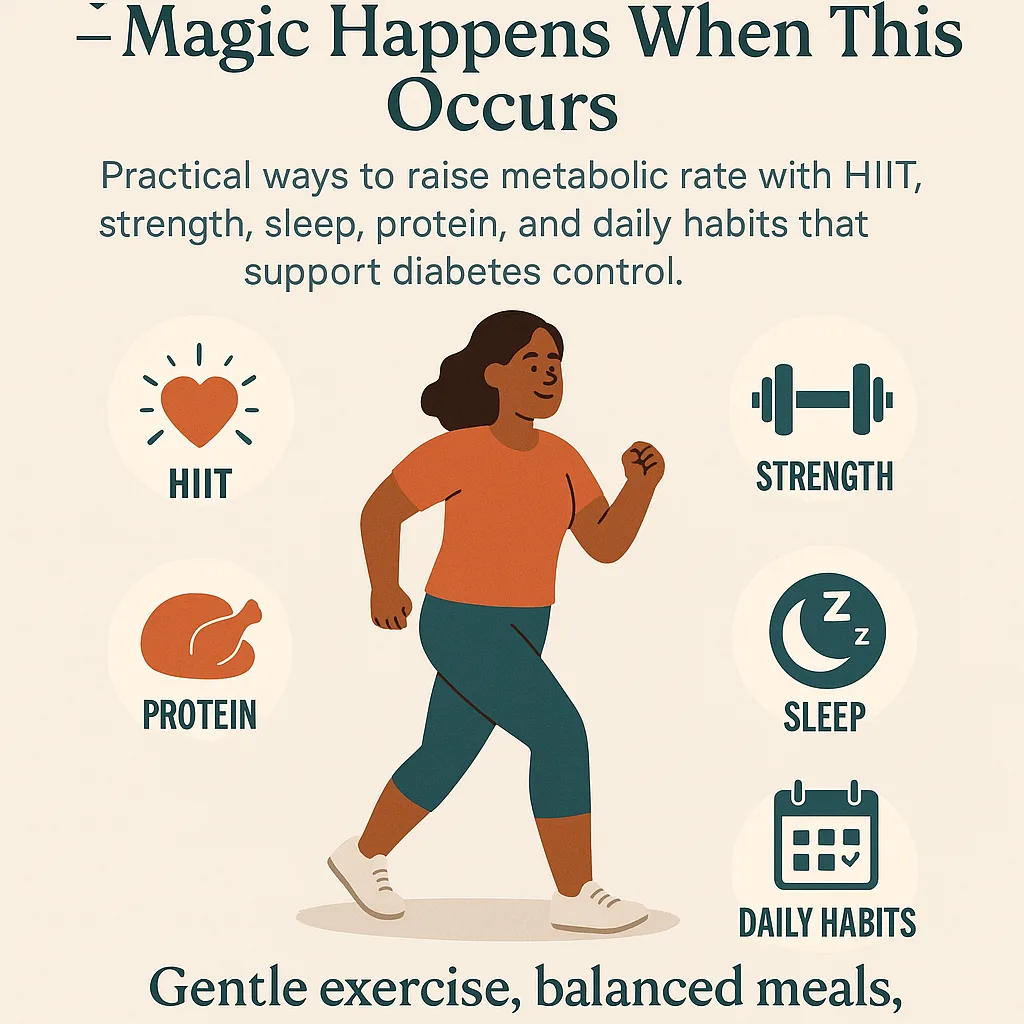The agave myth
Agave nectar has been marketed as a natural, low‑glycemic sweetener that’s friendly to people managing diabetes. Labels and blog posts often tout phrases like natural, low GI, and does not spike blood sugar. The reality is more complicated. Many commercial agave products are refined syrups with very high proportions of fructose. For people with diabetes who are trying to improve insulin sensitivity, stabilize post‑meal glucose, and reduce visceral fat, this matters.
How refined agave is produced
Commercial agave syrup typically starts with the piña of the agave plant. The raw sap is not simply bottled; it is filtered, hydrolyzed with heat and enzymes, and concentrated. During processing, complex carbohydrates are broken down into simpler sugars, and—critically—final syrups can end up containing very high percentages of free fructose. Some assays have found 70–90% fructose in certain agave products. That’s often higher than many formulations of high‑fructose corn syrup.
Why high fructose is a problem
Fructose is metabolized primarily in the liver, where it bypasses several regulatory steps that control glucose metabolism. In excess, fructose can promote de novo lipogenesis (the liver making fat), elevate triglycerides, increase uric acid, and contribute to non‑alcoholic fatty liver disease. For someone with type 2 diabetes—who may already be dealing with hepatic insulin resistance—this is moving in the wrong direction. The metabolic load lands on the organ system you want to protect.
- Hepatic fat accumulation is linked to poorer glycemic control.
- Hypertriglyceridemia raises cardiovascular risk, already elevated in diabetes.
- Uric acid spikes can exacerbate gout and endothelial dysfunction.
But what about the glycemic index?
The claim that agave has a low glycemic index is narrowly true for the glucose response in the short term, because fructose alone does not strongly raise glucose immediately. However:
- Low immediate glucose rise doesn’t equal metabolic harmlessness.
- Chronic high fructose loads can worsen insulin resistance and increase fasting glucose over time.
- GI does not measure effects on liver fat, triglycerides, or appetite regulation.
In other words, a low GI score can hide long‑term harms, especially in the context of diabetes.
Label reading pitfalls
Many products leverage wellness language. If you see claims like low glycemic, natural, raw, or unrefined, look for the numbers:
- Serving size and total grams of sugar
- Ingredient order (is agave syrup the first ingredient?)
- Any mention of added fructose or blends
If a sweetener is primarily agave syrup, assume a high fructose content unless the manufacturer provides transparent assays.
Better sweetener strategies
The most diabetes‑friendly path is reducing the total need for sweetness. Over several weeks, your palate adapts; foods that felt “bland” begin to taste nuanced again. When a sweetener is needed:
- Erythritol: Minimal impact on glucose and insulin; can cause GI upset in large amounts.
- Stevia or Reb‑A: Very sweet; taste varies by brand and concentration.
- Allulose: Low‑calorie sugar with limited glycemic impact; can slightly lower post‑prandial glucose when baked into foods.
- Monk fruit (mogrosides): Another non‑nutritive option; quality differs across brands.
For whole‑food sweet flavors, use small amounts of ripe fruit within your carb budget, combined with protein and fat to slow absorption.
What to do in practice
- Audit your pantry for syrups labeled agave nectar or blue agave.
- Replace with a non‑nutritive option you tolerate (try a few to find your favorite).
- Cook at home more often to avoid hidden sugars in sauces, dressings, and condiments.
- Pair any carbohydrates with protein and fiber to blunt spikes.
- Track fasting glucose, post‑meal glucose (at 60–120 minutes), and, if available, your triglycerides and ALT/AST on routine labs.
A sample plan
- Breakfast: Eggs with sautéed spinach and feta; black coffee or tea without sweetener.
- Lunch: Grilled chicken salad with olive oil and lemon; nuts for crunch.
- Dinner: Baked salmon, roasted vegetables, small side salad.
- Dessert: Berries and unsweetened yogurt; add a sprinkle of cinnamon, not syrup.
Bottom line
Agave’s marketing emphasizes low GI and natural origins, but the end product is often a refined, high‑fructose syrup that can undermine the metabolic healing goals of people with diabetes. Choose alternatives that support stable glucose, protect your liver, and help you build sustainable habits. Over time, needing less sweetness is a powerful win.





